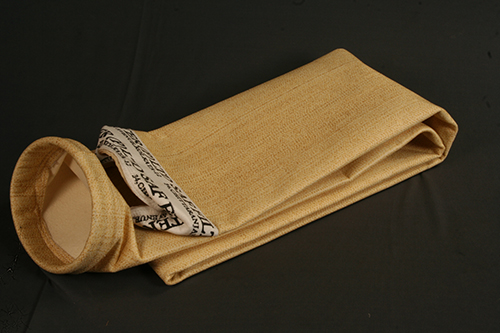Weighing the Pros & Cons of Pleated Elements versus Filter Bags
The common practice in dust filtration technology is the use of standard or conventional filter bags. Pleated element is the more recent invention in filter technology. When the switch of technology makes sense, what makes the process of revamping filter media so challenging for industrialists?
Which one is the most suitable filtration technique – the prevalent conventional filter bags or pleated elements? This is a million-dollar question. It is primarily dependant on the type of application you are using and the style of dust collector you have. Standard bags may be ideal/ best for some applications whereas pleated filter might be the best option for other applications.
On the whole standard filter cages and bags have been cheaper, time-tested tools. Nonetheless, the pleated filter is cost-effective and more comfortable than what’s been thought about. Studying the benefits of the two technologies will help to get a better idea. Both the different types of filters have their share of advantages and disadvantages.

Benefits of Standard Filter Bags versus Pleated Filter Bags
The right factors behind the popularity of standard filter bags are:
- Applicable for applications or system where there is presence of moisture.
- Cheaper option
- Easy availability of filter bag parts
- Wider acceptance across industries because of easy availability
- In-house or an outsourcing company can easily change filter bags (when required)
The beneficial aspects of using pleats in dust filtration system are:
- Cost-effective and energy-saving
- Time-saving technology
- Have a higher air-to-cloth ratio
- Improved performance
- Longer life, durable in an abrasive environment
- The one-piece design eliminates the requirement of filter cages
- Reduced time for installation and change-out
The Comparative Study – Helps to Make an Informed Decision
Standard bags are lower priced than pleated filter bags. The total cost of implementing many filter bags in large-scale industries, especially when there is the involvement of multiple dust collection system, can add up to the price. But standard bags have an edge when the initial cost is concerned. This justifies why standard filer bags are still in vogue in many industries worldwide.
Standard bags have another advantage. Pleats are not ideal for dust collection systems that create moisture. Presence of moisture clogs up the pores of the pleated cartridges of the filter system. This hampers the efficiency of the filter media due to the rise of differential pressure within the system.
On the contrary, pleated filters have several winning points. The original cost or expense may be high, but it is more fruitful in the long run because of the substantial savings the industrialists can make with pleat cartridges.
Pleat bags feature filter cloth area, which is at least twice or thrice larger than standard bags. This aspect helps the baghouse to load more amount of dust at a lower differential pressure. Large cloth area is significant because a lesser quantity of filter is required.
Lesser filter means the frequency of dust collection operation is less. This affects the number of cleaning cycles is reduced. Pleats are thus an energy-saving option. Spun-bound polyester media make pleats fibre bear the onslaught of high-speed dust that gets emitted in cement, sand and asphalt industries. If you are in the lookout for a trusted filter cage manufacturer, then get the best filter bags and professional services from SAF. They are the leading manufacturer of air filter bags and air slide fabrics, in West Bengal, India.

